Table of Contents
- Introduction: The Possibilities of Eco-Friendly Living
- Understanding Smart Home Technologies
- Smart Thermostats
- Smart Lighting Systems
- Smart Appliances
- Comparison of Energy Efficiency
- Smart vs. Traditional Thermostats
- LED vs. Incandescent Bulbs
- Energy-Efficient Appliances
- The Real Impact on Energy Consumption
- Challenges and Considerations
- Conclusion: The Future of Sustainable Smart Homes
1. Introduction: The Possibilities of Eco-Friendly Living
Is it possible for the advanced comforts offered by smart homes to coexist with the urgent need for environmental sustainability? As technology progresses, the concept of the eco-friendly smart home becomes less a paradox and more a potential reality. This exploration delves into whether a smart home can truly be sustainable.
2. Understanding Smart Home Technologies
Smart Thermostats
By smart thermostats, it is understood that these devices learn from homeowners’ behaviors, adjust the heating and cooling systems to suit the ambient conditions, and reduce energy consumption. For instance, the Nest Learning Thermostat adjusts itself based on your schedule and can be controlled remotely, ensuring that energy is not wasted on heating or cooling an empty home.
Smart Lighting Systems
In homes equipped with smart lighting systems, lights are automatically adjusted based on the level of natural light in the room or controlled remotely via smartphone applications. Systems like Philips Hue not only offer full color and brightness control but also integrate with other smart home devices to enhance energy savings.
Smart Appliances
Smart appliances, which range from refrigerators to washing machines, optimize energy use and monitor their own maintenance needs. For example, an eco-friendly smart home might feature a dishwasher that schedules itself to run during off-peak energy hours.
3. Comparison of Energy Efficiency
Smart vs. Traditional Thermostats
Studies have shown that smart thermostats can save up to 12% on heating and about 15% on cooling, amounting to an annual saving of approximately 10-12% on utility bills compared to traditional thermostats.
LED vs. Incandescent Bulbs
The shift from incandescent bulbs to LEDs in smart lighting systems is a notable improvement. LEDs use at least 75% less energy and last 25 times longer than incandescent lighting.
Energy-Efficient Appliances
Smart appliances are generally more energy-efficient than their conventional counterparts. For instance, an Energy Star-certified smart refrigerator can use 15% less energy compared to non-certified models.
Here’s a comparison that shows how smart home products stack up against conventional products in terms of energy savings and other environmental benefits:
| Feature | Smart Product | Conventional Product | Energy Savings & Environmental Benefits |
|---|---|---|---|
| Thermostats | Smart Thermostats (e.g., Nest, Ecobee) | Manual Dial or Programmable Thermostats | Reduces heating and cooling usage by up to 12-15%. Smart thermostats learn your schedule and adjust settings to optimize energy use. |
| Lighting | LED Smart Bulbs (e.g., Philips Hue) | Incandescent Bulbs | LEDs use at least 75% less energy and last 25 times longer. Smart controls further reduce usage by adjusting to natural light or schedules. |
| Appliances | Smart Energy-Efficient Appliances | Standard Appliances | Smart appliances can be 10-30% more energy-efficient. They also feature optimal cycle times and load sensing to conserve water and energy. |
| Heating/Cooling Systems | Smart HVAC Systems | Traditional HVAC Systems | Advanced sensors and AI optimize heating and cooling efficiency. Potential energy savings up to 20% over traditional systems. |
| Home Energy Management | Integrated Smart Home Systems | Separate Systems without Interconnectivity | Smart systems manage energy flow and usage across devices, increasing efficiency and reducing waste. |
4. The Real Impact on Energy Consumption
The integration of smart home technologies significantly reduces the energy footprint of a household. It is estimated that the widespread adoption of smart home technologies could reduce household energy consumption by as much as 10-30%. This not only supports a more sustainable lifestyle but also translates into considerable cost savings over time.
5. Challenges and Considerations
Despite their potential, smart homes face challenges such as high upfront costs, privacy concerns, and the need for continuous upgrades and maintenance. Additionally, the environmental impact of manufacturing, installing, and disposing of smart home technologies must be considered to evaluate their true sustainability.
6. Conclusion: The Future of Sustainable Smart Homes
As technology evolves, so too does the potential for creating truly sustainable smart homes. With continuous improvements in technology and a growing awareness of environmental impacts, the future of eco-friendly smart homes looks promising. These homes not only offer convenience and enhanced lifestyle but also contribute to a healthier planet.


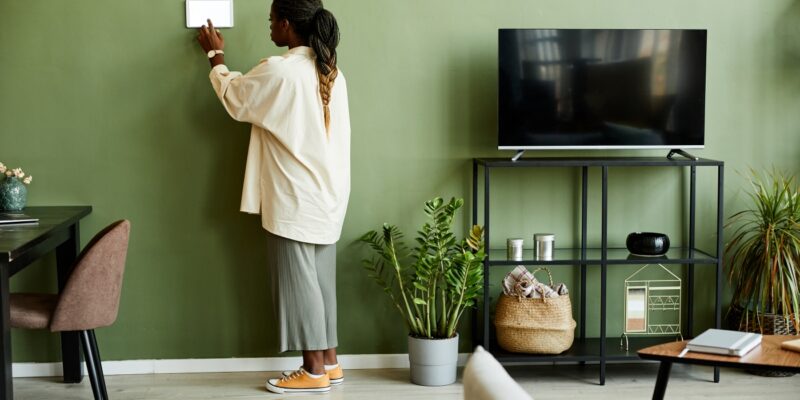
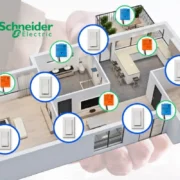

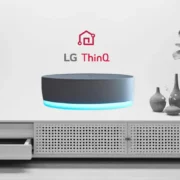


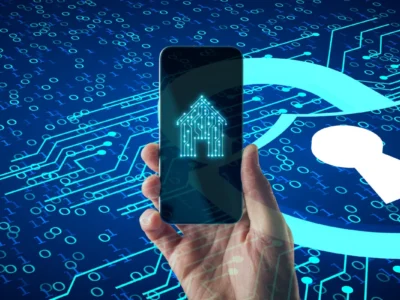

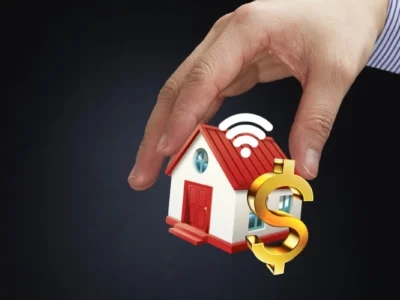

Comments